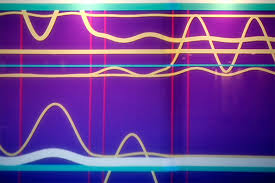
Australian and Dutch engineers created a complete design for a quantum computer chip that can be manufactured using mostly standard industry processes.

Physicists have invented a microcircuit based on topological insulators, a new phase of matter awarded the 2016 Nobel Prize in Physics.

Researchers report the first demonstration of an elementary link of a hybrid quantum information network.

Researchers have built the most sophisticated quantum computer yet, signaling progress toward a powerful new way of processing information.

Scientists from Switzerland recently reengineered their data processing, demonstrating that 16 million atoms were entangled in a one-centimeter crystal.

Australian researchers have designed a new type of qubit - the building block of quantum computers - that they say will finally make it possible to manufacture a true, large-scale quantum computer.

The results are preliminary, but “confirm the feasibility of a seawater quantum channel, representing the first step towards underwater quantum communication.

Physicists create optical 'wells' for a super-photon for the first time.

An team of German researchers recently conducted an experiment that has once again proven that quantum entanglement is possible.

MIT team has brought the world one step closer to quantum computing by creating qubits that are able to retain the information they store hundreds of times longer than anyone has previously achieved.

Atos introduces the world's first commercially available machine-system capable of simulating up to 40 quantum bits (Qubits).

The team demonstrates that photons can become an accessible and powerful quantum resource when generated in the form of color-entangled quDits.

Artificial intelligence, molecular modelling, cryptography, financial modelling, weather forecasting and particle physics are main problems to be solved by quantum computers.

IBM just announced the two most powerful quantum processors it has ever built, but it still needs help figuring out what to do with them.

A team of Stanford University engineers are exploring specialized materials to bring concept of quantum computing closer to reality.